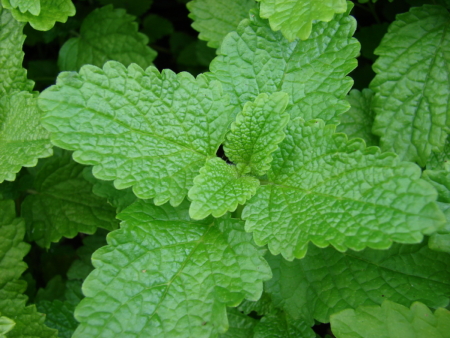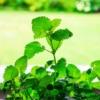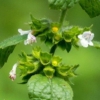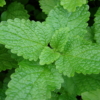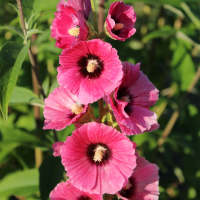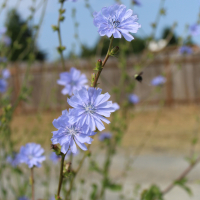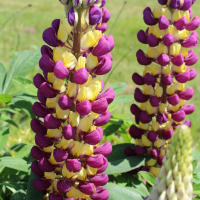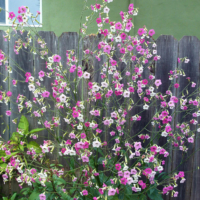Description
Melissa officinalis | Lemon Balm ‘Citronella’
A member of the mint family, lemon balm is an evergreen herbaceous perennial that occurs naturally in sandy and scrubby areas and in damp wastelands at various elevations. Lemon Balm is also commonly called English balm, garden balm, balm-mint, common balm, Melissa (which means ‘bee’ in greek), sweet balm, heart’s delight and honey plant. It is also sometimes called Bee Balm due to its traditional use for attracting honeybees, however it should not be confused with Monarda didyma, which is also called Bee Balm.
Lemon Balm ‘Citronella’ is the most fragrant lemon balm available… One squish of the leaves or even just brushing up against the plant releases the wonderfully sweet aroma into the air. This smells EXACTLY like citronella, only better and more intense! Although over 100 chemicals have been identified in Melissa officinalis, the main components of the essential oil are citral (neral and geranial), citronellal, linalool, geraniol and β-caryophyllene-oxide. Lemon balm’s lemony flavor and aroma are due largely to the citral and citronellal terpenes, although other phytochemicals, including geraniol (which is rose-scented) and linalool (which is lavender-scented) contribute to the overall scent as well.
Lemon balm’s herbal use dates back to over 2000 years ago. The ancient Greeks and Romans used it herbally and information about the herb was recorded as far back as 300 B.C. It uses are widely encompassing. Some common uses are for high blood pressure, migraines, hysteria, melancholia, goiter, hyperthyroidism and Grave’s disease.
Propagating lemon balm is easy, but some folks find that the species’ easy self-seeding makes planned propagation unnecessary. But since you can’t get a plant that you don’t have to self-seed then you must sow some seeds! To get started it may help to scarify the seeds lightly on fine sandpaper and sow outdoors in the fall or very early spring, or provide 2 weeks of cold stratification/conditioning for indoor sowing. Lightly cover seeds with soil, tamp securely and keep evenly moist. It can be grown in a variety of soils, but does best in moist, well-drained types.
Lemon balm is truly one of the easiest herbs to grow and is ideal for beginners. Set it and forget it. In fact, it grows and spreads so rapidly that some gardeners consider it a weed. However, there is an important difference between lemon balm and its look-a-like, mint. Mint spreads via underground runners and is hard to remove, but lemon balm only spreads via seed. Even though lemon balm can reseed in the garden fairly quickly it is an essential herb that no herb gardener should be without!
The citronella-scented leaves are used in many herbal preparations and give a lemony tang to salads and hot or cold drinks.
Type: Perennial
Sun exposure: Full sun to part shade
Mature height: 2-3 ft
Mature width: 1-2 ft
Hardiness zones: 4-9
Check out this great video by The Herbal Jedi

